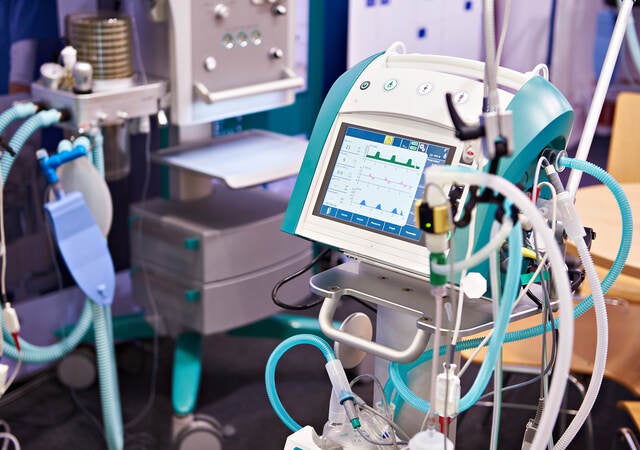August 15, 2022
Jul 12, 2021
The US Food and Drug Administration has published its long-awaited final guidance on form and content requirements for Unique Device Identifier labeling, superseding draft guidance issued in 2016.
The final guidance covers recommendations from FDA to help medical device labelers as well as FDA-accredited issuing agencies that issue UDIs address compliance requirements under the agency’s UDI Final Rule, established in 2013. The final guidance does not veer significantly from its draft version, previously covered by Emergo by UL, but notably does now include a section clarifying UDI labeling requirements and recommendations for stand-alone medical software / software as a medical device (SaMD).
The final UDI labeling guidance covers the following form and content requirements:
- UDI information must be presented in two forms on device labels and packaging—easily readable plain-text to enable healthcare providers, patients, regulators and other stakeholders to more easily enter UDI information into patient records, FDA reports and other data systems; and automatic identification and data capture (AIDC) technology, which facilitates fast and accurate acquisition, recording and retrieval of UDI data.
- UDI content should include a device identifier (DI) segment as well as a production identifier (PI) segment in most cases; in some instances, a device UDI may include only a DI.
- Data delimiters should be utilized to identify specific data elements within a device UDI. Use of data delimiters supports effective use of both plain-text and AIDC UDI formats.
- UDI data presented in plain-text format should be presented as DI data, followed by PI data (if applicable).
Explicit UDI labeling guidelines for stand-alone software and SaMD
Since FDA issued its draft UDI guidance five years ago, stand-alone medical software / SaMD have become more and more incorporated into healthcare delivery and management systems, requiring FDA and other medical device market regulators to develop new approaches for effective oversight of these technologies. By making specific mention of UDI labeling for stand-alone software in its final guidance, the agency will hopefully reduce the amount of confusion software developers may have regarding compliance to UDI regulations initially developed with more “analogue” products in mind.
All SaMD must provide UDI information via plain-text statements displayed each time the SaMD is started and/or via plain-text statements displayed through a menu command.
For other UDI requirements, the final guidance distinguishes between SaMD that is versus is not distributed in packaged form.
For software not distributed in packaged form, manufacturers must include a UDI PI component conveying, at a minimum, the software’s current version number.
For software that is distributed in packaged form, the guidance also requires UDI be included on the label and packaging in both plain-text and AIDC forms. Software products whose labeling includes product version information must also convey that information through UDI PI.
Class I devices may use universal product codes (UPC) as UDIs
The guidance explicitly distinguishes between UDI and universal product codes (UPC), which are product identifier codes for identifying products sold in retail outlets in the US. Manufacturers of Class I devices may utilize UPCs in order to meet FDA UDI requirements, provided that device labelers “have proper controls over UPC assignment and use to advance the goals of the UDI system,” according to the guidance.
Additional US FDA UDI and medical device regulatory resources
- FDA medical device UDI consulting and training
- FDA 510(k) consulting for medical device and IVD manufacturers
Request information from our specialists
Thanks for your interest in our products and services. Let's collect some information so we can connect you with the right person.









